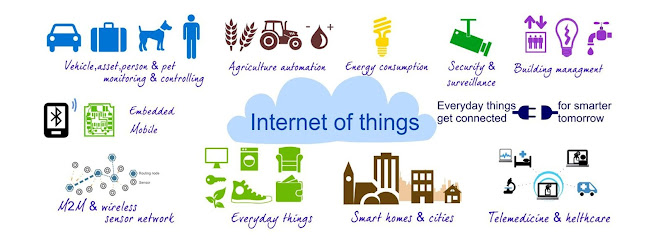Professional communicators facing major tech/media challenges

Journalists and other communication professionals face unique challenges with advances in technology. Media corporations such as Vice Media and Murdoch owned NewsCorp blames Big Tech companies for taking the majority of digital advertising revenues. Between 2011-2018 Facebook and Google's combined revenue was more than $171.2 billion. Photo credit: Denis Charlet/ AFP/Getty Images According to nexttv.com, tech giants such as Facebook and Google together are controlling almost 80% of digital advertising revenue that is locally-focused (Eggerton, 2020). This is a significant shift from just a decade or two ago when journalists and local media agencies handled local ads and tech companies still used traditional media for advertising. One m...



